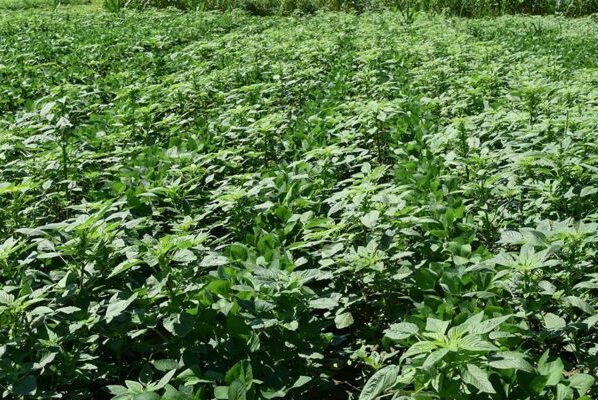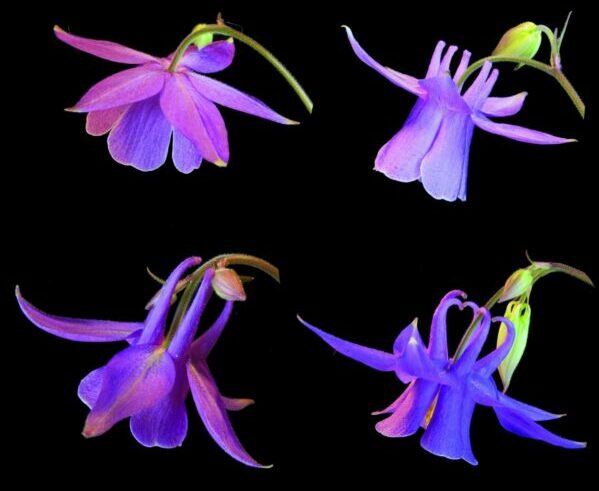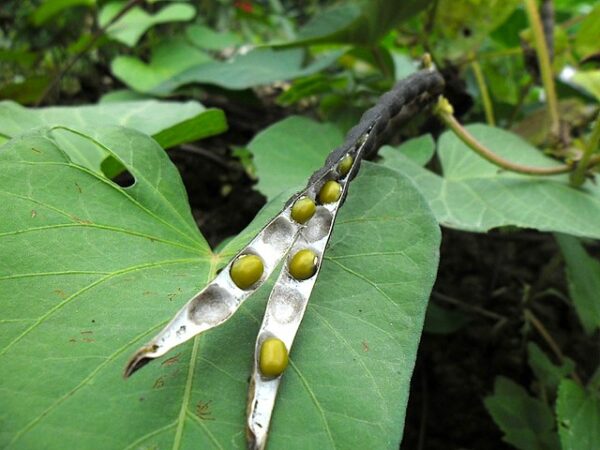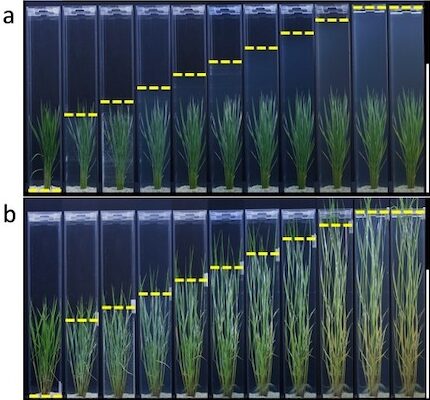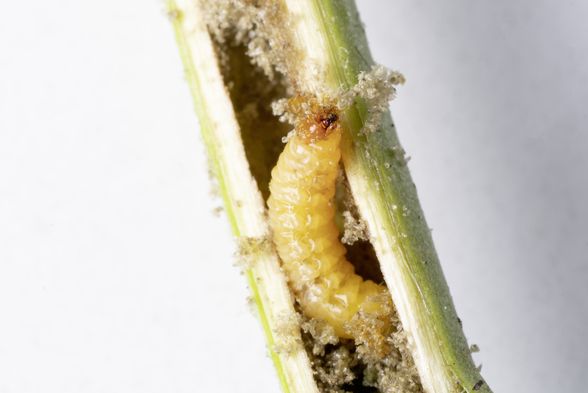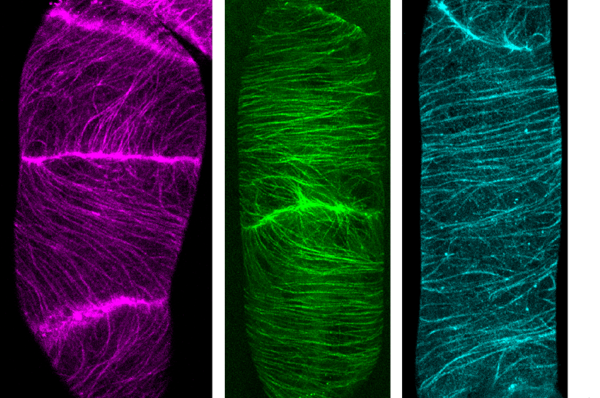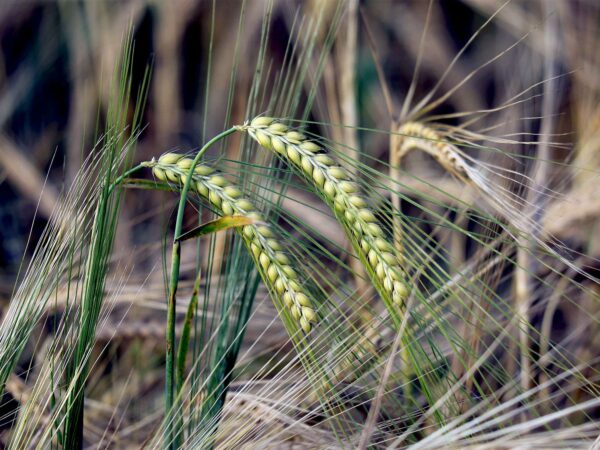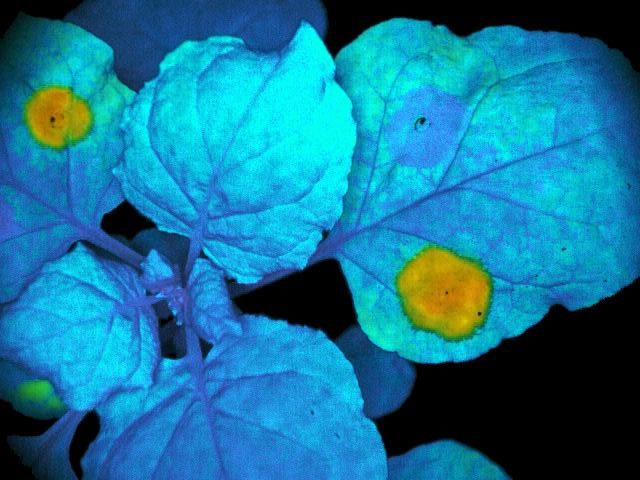
Imagine working on a jigsaw puzzle with so many pieces that even the edges seem indistinguishable from others at the puzzle’s centre. The solution seems nearly impossible. And, to make matters worse, this puzzle is in a futuristic setting where the pieces are not only numerous, but ever-changing. In fact, you not only must solve the puzzle, but parse out how each piece brings the picture wholly into focus.


